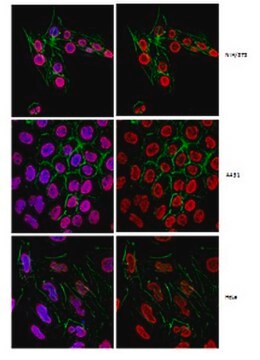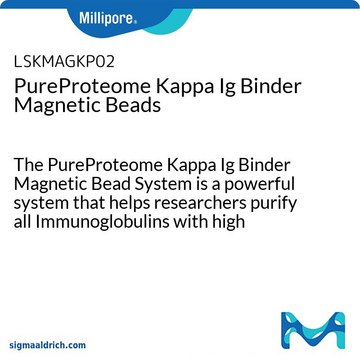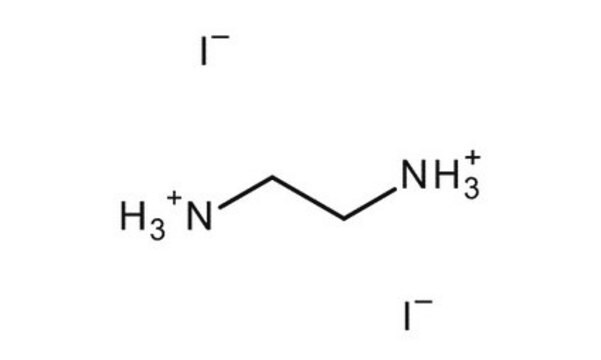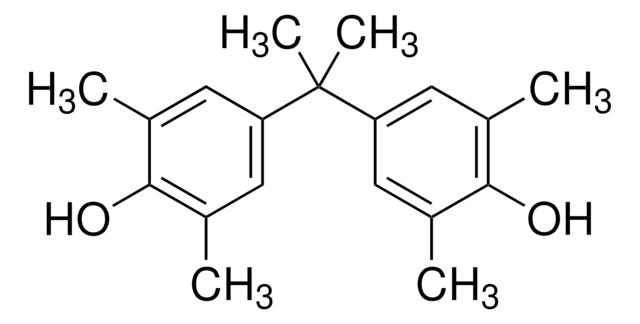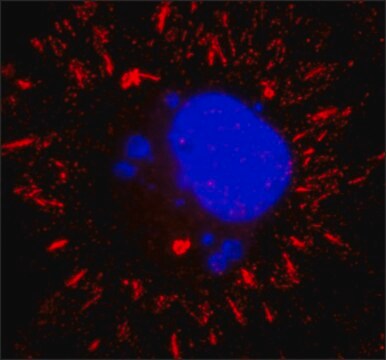MABF106
Anti-Viperin Antibody, clone MaP.VIP
clone MaP.VIP, from mouse
Sinónimos:
Radical S-adenosyl methionine domain-containing protein 2, Cytomegalovirus-induced gene 5 protein, Viperin, Virus inhibitory protein,endoplasmic reticulum-associated, interferon-inducible
About This Item
ICC
IHC
IP
WB
immunocytochemistry: suitable
immunohistochemistry: suitable
immunoprecipitation (IP): suitable
western blot: suitable
Productos recomendados
origen biológico
mouse
Nivel de calidad
forma del anticuerpo
purified antibody
tipo de anticuerpo
primary antibodies
clon
MaP.VIP, monoclonal
reactividad de especies
human, rat, mouse
técnicas
flow cytometry: suitable
immunocytochemistry: suitable
immunohistochemistry: suitable
immunoprecipitation (IP): suitable
western blot: suitable
isotipo
IgG2aκ
Nº de acceso NCBI
Nº de acceso UniProt
Condiciones de envío
wet ice
modificación del objetivo postraduccional
unmodified
Información sobre el gen
human ... RSAD2(91543)
Descripción general
Inmunógeno
Aplicación
Immunoprecipitation Analysis: A representative lot was used by an independent laboratory in HepG2 cell lysate (Hinson, E., et al. (2008). JBC. 284(7):4705–4712).
Flow Cytometry Analysis: A representative lot was used by an independent laboratory in mouse liver, spleen, lung, and lymph node cells (Hinson, E., et al. (2010). J. Immunol. 184:5723-5731).
Immunocytochemistry Analysis: A representative lot was used by an independent laboratory in mouse spleen cells (Hinson, E., et al. (2010). J. Immunol. 184:5723-5731).
Inflammation & Immunology
Immunoglobulins & Immunology
Calidad
Western Blot Analysis: 1 µg/mL of this antibody detected Viperin in 10 µg of mouse macrophage stimulated with IFN gamma and LPS.
Descripción de destino
Forma física
Almacenamiento y estabilidad
Nota de análisis
Mouse macrophage stimulated with IFN gamma and LPS
Otras notas
Cláusula de descargo de responsabilidad
¿No encuentra el producto adecuado?
Pruebe nuestro Herramienta de selección de productos.
Código de clase de almacenamiento
12 - Non Combustible Liquids
Clase de riesgo para el agua (WGK)
WGK 1
Punto de inflamabilidad (°F)
Not applicable
Punto de inflamabilidad (°C)
Not applicable
Certificados de análisis (COA)
Busque Certificados de análisis (COA) introduciendo el número de lote del producto. Los números de lote se encuentran en la etiqueta del producto después de las palabras «Lot» o «Batch»
¿Ya tiene este producto?
Encuentre la documentación para los productos que ha comprado recientemente en la Biblioteca de documentos.
Nuestro equipo de científicos tiene experiencia en todas las áreas de investigación: Ciencias de la vida, Ciencia de los materiales, Síntesis química, Cromatografía, Analítica y muchas otras.
Póngase en contacto con el Servicio técnico

